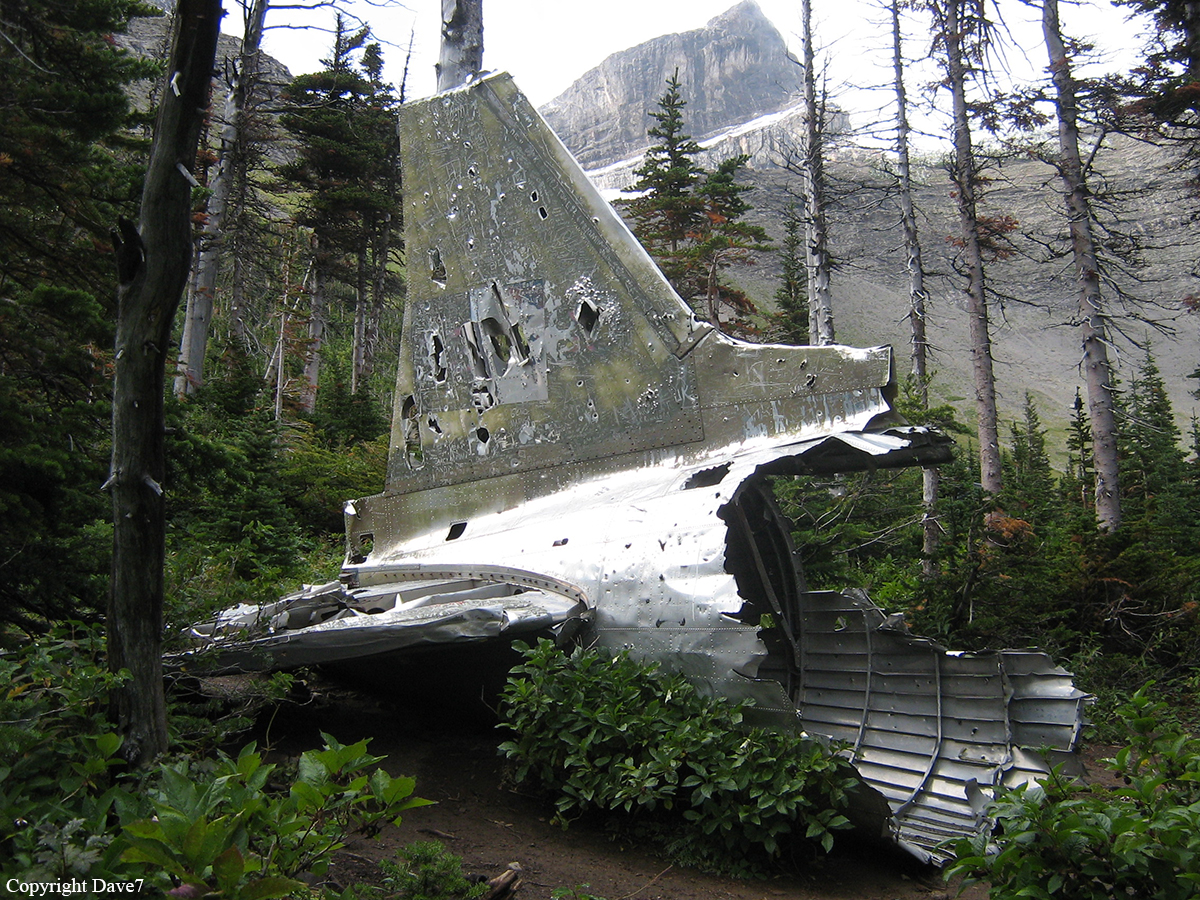Crash of a Lockheed 14-08 Super Electra in Winterburn: 6 killed
Date & Time:
Jun 7, 1955 at 1705 LT
Registration:
CF-TCI
Survivors:
No
Schedule:
Winterburn - Winterburn
MSN:
1472
YOM:
1938
Crew on board:
2
Crew fatalities:
Pax on board:
4
Pax fatalities:
Other fatalities:
Total fatalities:
6
Circumstances:
The aircraft took off at approximately 1700LT on a local test flight carrying a crew of 2 and 4 passengers. The purpose of the flight was to test the single-engine performance of the aircraft when loaded to the maximum permissible weight for take-off and to determine the correct power setting and performance. Just before 1705LT witnesses stated that they saw the aircraft turn onto its back with a sudden cessation of engine noise and white or grey vapor was seen to come from both engines as it dived in a very steep nose down attitude to the ground. From statements of witnesses it was deduced that it was probable that the aircraft was below 1,000 feet when it turned onto its back. The aircraft exploded on impact and caught fire. All the occupants were killed and the aircraft was destroyed.
Probable cause:
For reasons that were not conclusively determined, the aircraft assumed an unusual position at an altitude above the ground which was insufficient to permit recovery. The aircraft was overloaded by at least 900 lbs and this would raise the stalling speed and affect the controllability of the aircraft.
Final Report:






